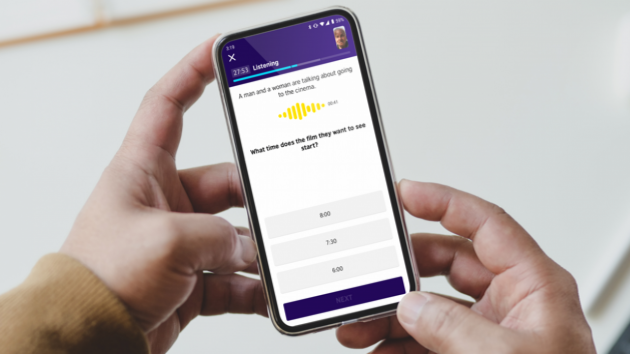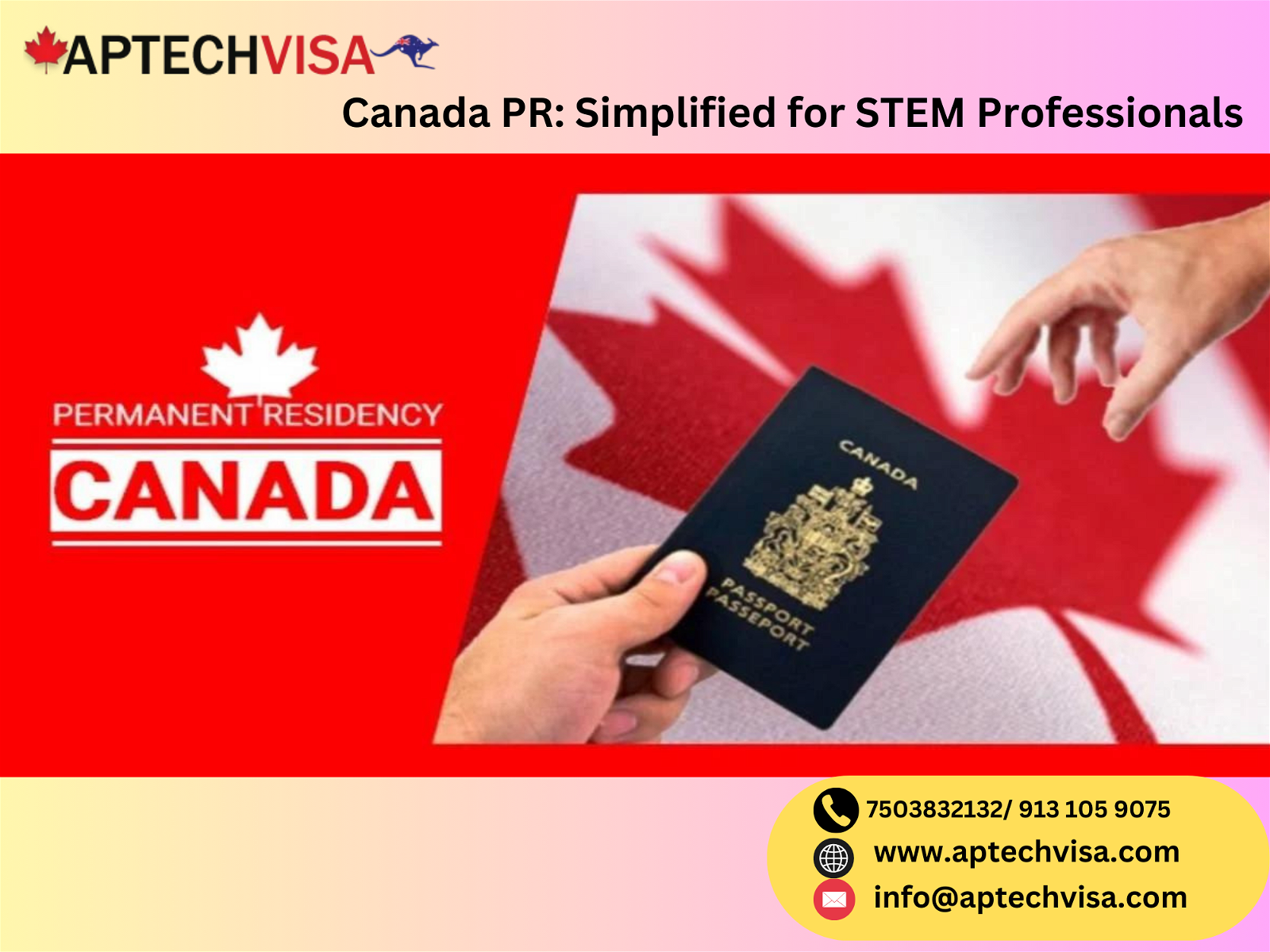
Australia PR visa for University Professor from India.
You can obtain a Permanent Residency (PR) in Australia if you are a university professor from India. This is precisely possible under the General Skilled Migration (GSM) scheme. A university professor comes under ANZSCO code 242111 and, as such, comes under many visa options. This guide will help you all of the way regarding the Australian PR Visa, especially through the skill assessment step, which forms a salient feature.
University Professors: Visa pathways
Australia is in full demand for university professors, and the following visa subclasses apply:
1. Subclass 189 -Skilled Independent Visa: This is a permanent residency visa that allows you to live and work anywhere in Australia. This is a points-tested visa that is free of employer or state sponsorship.
2. Subclass 190 – Skilled Nominated Visa: This visa is state or territory nominated. As such, just like subclass 189, it is a permanent visa and is subject to point testing.
3. Subclass 491 – Skilled Work Regional (Provisional) Visa: This is a permanently resident provisional Australia visa for the nominators by an Australian tourist visa state or territory government to live and work in regional Australia; it also avails a pathway to permanent residency through the subclass 191 visa.
You would have to be evaluated for your skills and also meet all the eligibility criteria to apply for these visas, such as accumulating enough points in the points-based system.
Step 1: Check Skilled Migrant Eligibility
To apply for any of these visa subclasses, you must first meet the basic eligibility criteria:
- Age: You must be less than 45 years of age.
- Proficient English: You must demonstrate a minimum standard of "Competent English," which is at least the equivalent of IELTS 6.0 or higher.
- Points Test: You score at least 65 points in the skilled migration points test. The points for eligibility are awarded on a variety of criteria-including age, qualifications, work experience, and English language competence.
Now that you know that you are at least eligible, your next vital step is your skills assessment.
Step 2: Skills Assessment by VETASSESS
For university lecturers, VETASSESS carries out the skills assessment since it is the assessing authority for the occupation of University Lecturer under the ANZSCO classification 242111. A positive skills assessment is necessary to verify that your qualifications and work experience meet the Australian standard.
Positive Skills Assessment Criteria
1. Qualification: To be an academic lecturer one has to have an Australian equivalent of at least a bachelor's degree in a relevant field of study, although most university lecturers will have a Master's or Doctorate.
2. Relevant Work Experience: You must have had at least one year of post-qualification highly relevant employment over the last five years. The employment should be at the appropriate skill level and must consist of a considerable share of teaching and research duties. Employment that does not include a component of research will probably be insufficient to qualify you for the assessment.
3. Research Component: VETASSESS requires university lecturers to provide a publication list of research papers published in the last five years. This is important because research work is core to the occupation of a university lecturer.
4. Position Title and Job Duties: While the position title of your job has to carry a title associated with any type of university lecturer, your job duties need to match ANZSCO's descriptions of the job for this occupation. Teaching tertiary-level courses and undertaking research are ESSENTIAL. Other than as far as corresponding to the required skill level, a job that does not teach or conduct research only might still be eligible for nomination so long as it meets any additional requirements of the 'research' criterion.
Supporting Documents for Skills Assessment
- Academic Qualifications: Certified copy of degree certificates and academic transcripts.
- Employment References: Reference letters from current and previous employers detailing your role in teaching and research.
- Research Evidence: Any publications, papers presented at conferences and other evidence of your research activities.
Points to be considered while making the Skills assessment
However, you may face a challenge securing positive assessment in most cases where the jobs are non-research-oriented.
For sessional academics, who spend most of their time in the classroom but have a good record of both teaching and research activities for at least 20 hours per week, then this would qualify.
Step 3: Submit an EOI
Once you have undertaken your skills assessment and acquired the mandatory points, you are required to lodge an Expression of Interest (EOI) through the SkillSelect system. This will enable your Australian government as well as any possible state or territory sponsors to review your eligibility.
You must nominate the subclass that you are applying for - 189, 190, or 491 and then you are required to fill in the following:
- Skills assessment results
- English test results
- Working experience
- Educational qualifications
- Age and other factors that determine your points score
Step 4: Wait for an Invitation to Apply
If your EOI is competitive enough, you will receive an invitation to apply for the visa. The minimum points required for eligibility is 65, but the higher your points, the better your chances, as invitation rounds are competitive.
Improving Your Points Score
English Proficiency: More points have the possibility of scoring better on English tests such as IELTS with a score of 7.0 or above
Work Experience: Relevant work experience extended by additional years, more points
Educational Qualifications: PhD or a STEM-related degree fetches more points.
State Nomination: Being nominated by a state or territory will usually provide substantial points for your overall score if nominated under the subclass 190 or 491 visas.
Step 5: Apply for the Visa
Upon receiving your invitation, you have 60 days to submit your visa application. During this step you'll need to provide the following documentation:
- Identity documents
- Skills assessment outcome
- English test result
- Health and character checks
- Employment and qualifications evidence
Conclusion
The procedures required for the availing of an Australian PR visa for professors at universities from India are multi-level. Skills assessment by VETASSESS is one of the essential steps in this procedure. To achieve this, you must complete the criteria for your qualification, work experience, and also your research output. After passing the skills assessment, you will be required to go through the points-based system, submit an EOI, and then wait to receive an invitation to lodge your application for the visa.
In case some help is required in all such processes, an association with some accomplished migration consultant will make it all easy. It will help to ensure a successful process while managing the process for a university professor applying for an Australia PR visa. Guidance and preparation thus led towards the pursuit of a new academic career abroad in Australia.
For more information you can refer to https://www.aptechvisa.com/australia-pr you can also contact our Australia Immigration Consultants at 7503832132, you can write to us at info@aptechvisa.com

Mon-Sat 10:00 AM to 06:00 PM

info@aptechvisa.com

Book your visa consultation





















Aptech Visa Testimonials
Professor